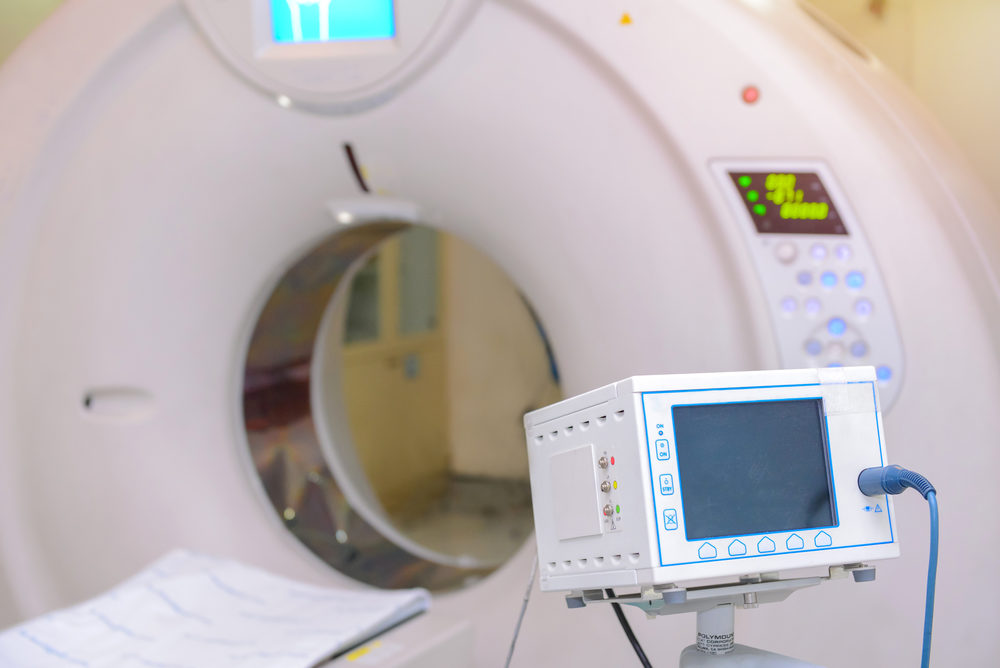Carbon Monoxide Poisoning Can Cause Acute Brain Lesions, Leading To Neurological Problems: Study

One of the potential side effects of carbon monoxide poisoning includes a risk of developing acute brain lesions, which increases the risk of neurological complications later in life, and new research suggests that MRI scans may help identify the problems following exposure to the toxic gas.
In a study published in the medical journal JAMA Neurology, Korean researchers indicate that a process of magnetic resonance imaging (MRI), known as diffusion-weighted imaging, can be used to identify acute brain lesions caused by carbon monoxide poisoning.
The findings may give doctors a new tool in assessing the true damage from exposure to carbon monoxide, better evaluating the risk of neurological sequelae.

Learn More About
Exposure to Carbon Monoxide Gas May Cause Permanent Brain Damage, Serious Injury or Death.
Learn More About this Lawsuit SEE IF YOU QUALIFY FOR COMPENSATIONCarbon monoxide is a significantly toxic gas that has no irritating factors that can allow someone to detect its presence. Because people often fail to promptly recognize symptoms of carbon monoxide, it is a leading cause of fatal poisonings in the United States. However, many victims survive, only to suffer brain damage and neurological problems later in life.
In this latest study, researchers with the Asan Medical Center at the University of Ulsan College of Medicine in Seoul, conducted an observational study of patients at the university hospital with acute carbon monoxide poisoning from April 1, 2011 to December 31, 2015. Out of 700 patients with acute carbon monoxide poisoning, 433 underwent diffusion-weighted imaging and were included in the study.
Researchers looked for the development of delayed neurological sequelae, which involves central nervous system injuries and complications, that developed within six weeks of the patients being discharged.
According to the findings, about 27% of the patients were diagnosed with acute brain lesions through the MRI scans. About 26% of the patients developed neurological problems later. The researchers indicated that the scans were able to assess the probability of delayed neurological sequelae about 73% of the time and were able to rule out the possibility of neurological damage about 91% of the time.
“The presence of acute brain lesions was significantly associated with the development of delayed neurological sequelae,” the researchers determined. “Diffusion-weighted imaging during the acute phase of carbon monoxide poisoning may therefore help identify patients at risk of developing these debilitating sequelae.”
According to the U.S. Centers for Disease Control and Prevention, carbon monoxide poisoning kills about 500 people in the U.S. annually, and is linked to about 15,000 emergency room visits. In many cases, the injuries or deaths could have been prevented by the use of carbon monoxide detectors and proper maintenance of heating systems and generators.
Get more articles like this sent directly to your inbox.
"*" indicates required fields





0 Comments